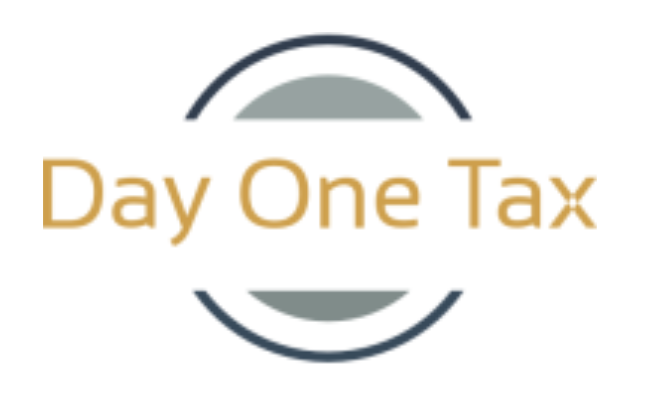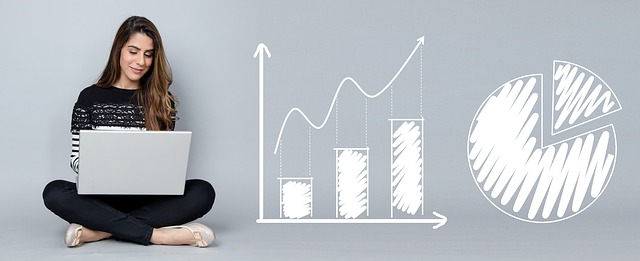Overview of Japan consumption tax hike in 2019
The Japan consumption tax is going to be raised to 10 percent from 8 percent on 1st October 2019. Also, a reduced tax rate of 8 percent will be applied to sales of things such as food, beverages and newspapers on the same date.
This page explains what you need to do for your business, so it is intended for those who are running a company or operating a sole proprietorship.
Consumption tax hike
Everybody knows the consumption tax rate will be 10 percent in October 2019. But you may need to know the details concerning how this tax hike is applied to your business.
Here is the basic rule.
If you sell your products or provide your services after 1st October 2019, 10 percent tax rate is applied.
However, there are other rules you have to know.
Q. I purchase products for sale on 30th September 2019 (8 percent applied) and sell them on 1st October. Is this sale applied to 8 percent tax rate as the purchase is 8 percent?
A. No. 10 percent is applied to the sale. It does not matter when you purchased.
Q. My business is to provide consulting services. I make a service agreement with my client on 1st September 2019, and it says I start my services on 1st September 2019 and continue until 31st August 2020 (1 year). Also, I received all the payment for this 1 year service on 30th September 2019. The entire services are applied to 8 percent (I think I can save consumption tax as 10 percent is not applied.)?
A. It depends on the agreement. But most of the services would be applied to 10 percent. For example, if you complete the entire services around August 2020, the services must be treated as 10 percent tax rate (in some cases, it is possible to treat them as 8 percent, but normally they should be 10 percent.). For another example, the services can be split into monthly services and you complete it every month. Then the services you completed by 30th September 2019 are 8 percent services and the rest is 10 percent.
Q. I bought (booked) a train ticket (e.g., Shinkansen, Japanese bullet train) on 30th September 2019. This is my business expense. And I used it on 1st October 2019. According to the basic rule above, the train service is provided on 1st October so it should be treated as 10 percent?
A. This can be treated as 8 percent. Some services are treated as 8 percent even though they are provided after 1st October 2019. The ‘some services’ include train/bus fares, airfares, admission fees for cinema, museum and music/sporting events, etc. Also the payments need to be made by 30th September 2019. But adding money to fare cards for transportation services (e.g., Suica, Pasmo, ICOCA, PiTaPa.) does not mean ‘payment’.
Reduced tax rate
While the tax rate will be 10 percent on 1st October 2019, a reduced tax rate will be applied to some transactions. Thus, your transaction records (bookkeeping) have to show which tax rate is applied.
- Food and beverages: the sale (purchase) of food and beverages is treated as transactions of the reduced tax rate of 8 percent. The food served and consumed at restaurants, catering, and alcoholic beverages are not included. But takeaway meals and food delivery are included.
- Newspapers: newspapers based on subscription and issued more than twice a week are treated as transactions of the reduced tax rate of 8 percent.
Q. Is water applied to the reduced tax rate?
A. Drinking water (e.g., bottled water) is applied to the reduced tax. But water used for other purposes are not applied.
Q. How about beverages sold through vending machines?
A. 8 percent tax rate applied.
Q. Our company is located in Tokyo, and our employees often go to Osaka (western part of Japan) for work. As they need to buy some food and beverages during the trip, we pay them JPY 3,000 per day as a business trip allowance. For this allowance, we don’t need them to prepare their expense report. Also, this is not a salary. How should we treat this allowance?
A. This is treated as a transaction of 10 percent tax, even if the employees actually bought food and beverages. However, if you reimburse them for the actual amount they paid and you keep the receipts, the food and beverages they paid are treated as 8 percent transactions.
Q. We are a tech company and have an employee cafeteria. The employees pay the company for food and beverages. Is this 8 percent?
A. This is 10 percent. An employee cafeteria is a kind of restaurant.
Q. I buy a newspaper at a convenience store every day. Is this 8 percent?
A. This is 10 percent as this is not a subscription.
Q. Online newspaper?
A. 10 percent. This is not a newspaper but an electronic service under the tax rule.
More reduced tax rate questions answered here
Receipts (invoices) and daily record of transactions (journal)
As we will have two different tax rates from 1st October 2019, receipts (invoices) have to be issued and transactions are recorded in a correct manner.
| Sample invoice | |
| ABC company | |
| Bill to your name | Date: 2019/10/1 |
| Description | Amount |
| Beef (8%) | JPY 1,080 |
| Notebook | JPY 110 |
| Water (8%) | JPY 108 |
| Total | JPY 1,298 |
| Total (10%) | JPY 110 |
| Total (8%) | JPY 1,188 |
The invoice covers vendor name, date, your name, description of transaction (shows which one is a transaction of 8 percent tax), transaction amount, total of 10 percent tax transactions, and total of 8 percent tax transactions.
| Sample journal | |||||||
| Date | Debit | Credit | Tax rate | Description | |||
| 2019/10/1 | Consumables | 1,188 | Cash | 1,298 | 8% | ABC company beef&water | |
| 2019/10/1 | Consumables | 110 | 10% | ABC company notebook | |||
The journal covers vendor name, date, description, transaction amount, and tax rate for transactions.
If you have more specific questions, ask us.

